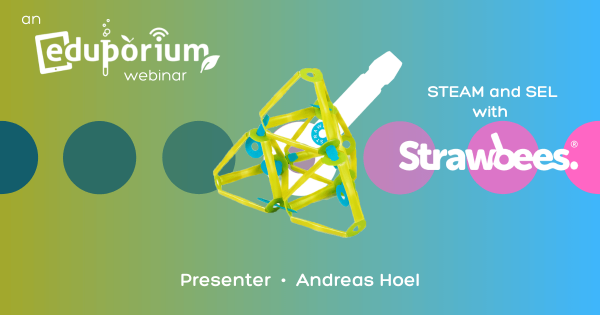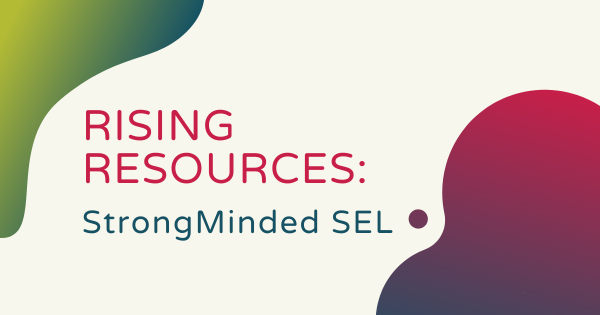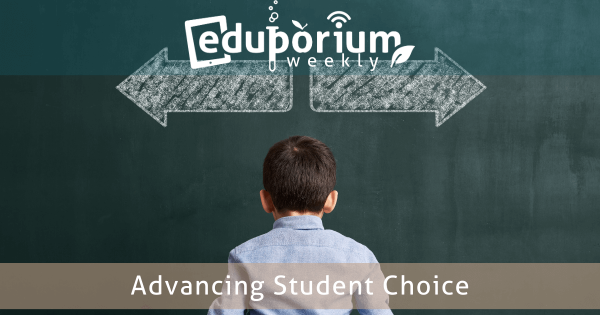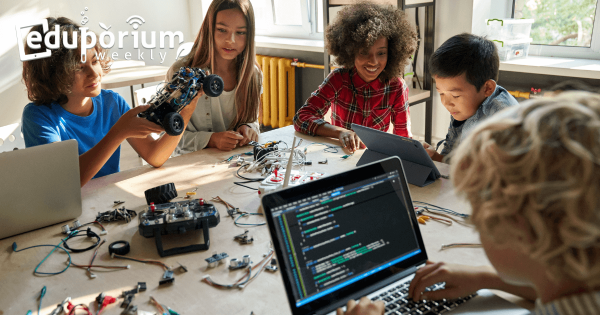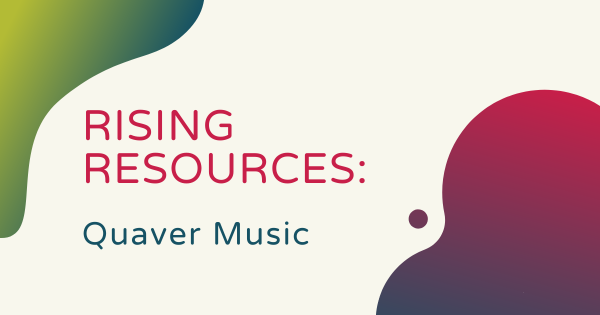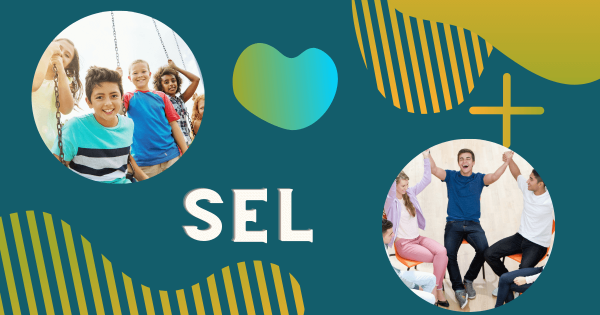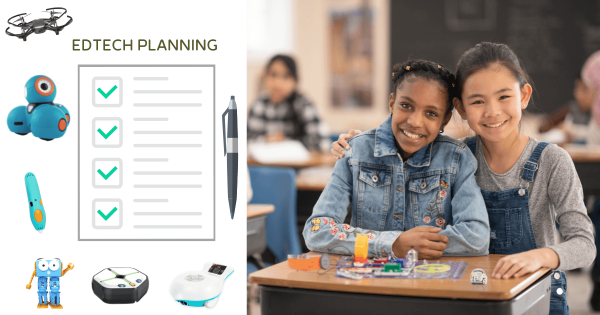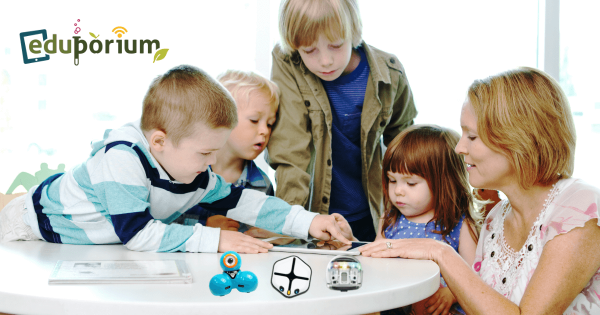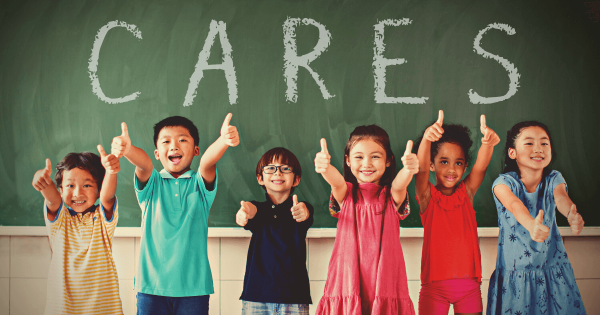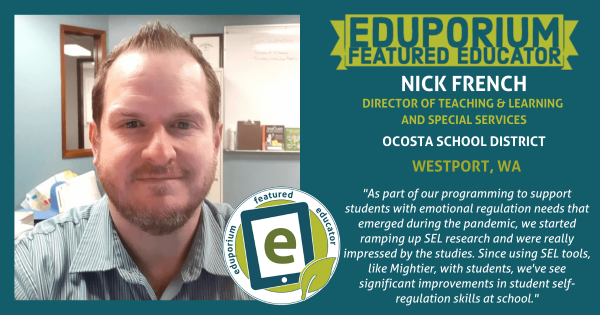Access the full replay of our webinar with the Strawbees team, including all the noteworthy nuggets we shared about the versatile Strawbees invention kits, STEAM learning, and SEL. You’ll also learn about using the Strawbees hardware and content in SEL lessons, providing building materials for each student, and navigating Strawbees Classroom to extend STEAM projects.
SEL
Social-emotional learning has evolved so much in just the last few years alone. Today, it's an essential element of a true 21st century learning experience. Even before the pandemic upended learning and transformed the ways in which educators interacted with their students, incorporating SEL was still very much a focal point. In our experiences, this can be done in many different ways. While SEL-inspired curricula can be effective, we sincerely believe in the power of touch. This is what activates social-emotional experiences and bolsters a student's social-emotional foundation. And, fortunately, there are so many opportunities for this in STEAM education. From programming a robot to working together on a design project, students can get the best of both worlds. All it takes is a little bit of strategy in combining these two key areas of 21st century education.
SEL in the classroom or other educational environments benefits students in a number of ways. Whether educators prefer to subtly introduce students to relevant SEL skills, concepts, and competencies or actively work to ensure students collaborate and communicate effectively, it can truly enhance many different types of lessons. Factor in all the new types of daily stressors students are facing as a result of distance learning, traumas, or any other personal experiences and SEL can play a huge role in ensuring they're able to continue learning. With stronger social-emotional health, students also often tend to perform better academically. We believe they can develop their SEL skills in all learning environments. This includes in the classroom, after school, on the playground, and in extracurricular participation. Here, you'll find our thoughts on why this is important and how STEM education can help.
-
Rising Resources | StrongMinded SEL
The importance of SEL is highly touted and many educational leaders have created positions within their schools or districts to ensure that all students are appropriately managing and processing their various emotions. For this reason, we thought we’d take a look at the online social-emotional learning platform known as StrongMinded in this week’s Rising Resources post. -
Eduporium Weekly | The Growing Importance Of Student Choice
Not every student learns in the same way, has the same skills as each one of their peers, or can find the appeal in all that their teachers want them to try. Age doesn’t matter because all kids have different preferences when it comes to how they learn. Some want to read until they master the content while others have -
Eduporium Weekly | Achieving Equity In Instruction
Ideally, every classroom lesson plan and all learning experiences would be designed to foster greater equity for every student in every school building. The fact is, however, that each student is unique. Some need personalized guidance and others, in the same class, might do better with independent exploration. All, however, need school officials to keep equity in mind. -
Rising Resources | Quaver Music + SEL
Quaver is a tech tool that helps provide students with a more well-rounded education experience (often captured through STEAM learning) with easily accessible tech-based resources. Their team has created a variety of SEL-focused lessons for this important area in today’s instruction and provided a unique way for educators to teach SEL skills through music education. -
Eduporium Weekly | SEL In The Classroom
In addition to key STEM skills that students will likely need, they are going to need strong soft skills, like communication, collaboration, and listening, too. As such, the social-emotional aspect to teaching exposes kids to the process through which they acquire and apply the knowledge, skills, and attitudes necessary for managing emotions and building relationships. -
Helping You Plan For Effective STEM Education In 2023-24
If you are excited but stressing just a little bit about your plans for including STEM instruction in the classroom this school year and, also potentially, on a district-wide scale, we’d encourage all to share any ideas with us. We are happy to set up a consultative call to help us better understand your STEM goals with an eye on -
Social-Emotional Learning And Addressing Learning Loss
Detailed planning and commitment are both essential in managing student learning loss as educators work to understand the pandemic’s impact. Not only are tons of students experiencing new, academic-related gaps, others still need a whole lot of social-emotional support. And, it’s our belief that in returning to social-emotional norms, we can truly help kids academically. -
CARES Act And Education: Using Emergency Relief Funds
Essentially, government officials passed legislation in support of financial assistance for key education-related projects, initiatives, and resources to come from the state level. This means that each state government must provide funds for the schools in that state. And, there’s a lot that school and district leaders can spend it on—as well as a time frame. -
Eduporium Featured Educator: Nick French
In our newest Featured Educator post, we hear from Nick French, the Director of Teaching and Learning and Special Services for the Ocosta School District. Like so many other educators, Nick and his team have adopted targeted SEL approaches, including the Mightier SEL games, to help push past new difficulties students faced after the pandemic.




